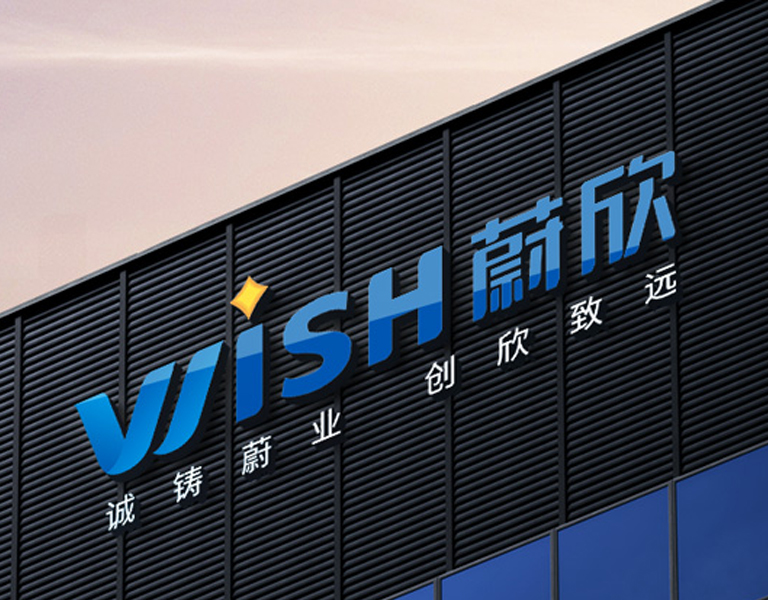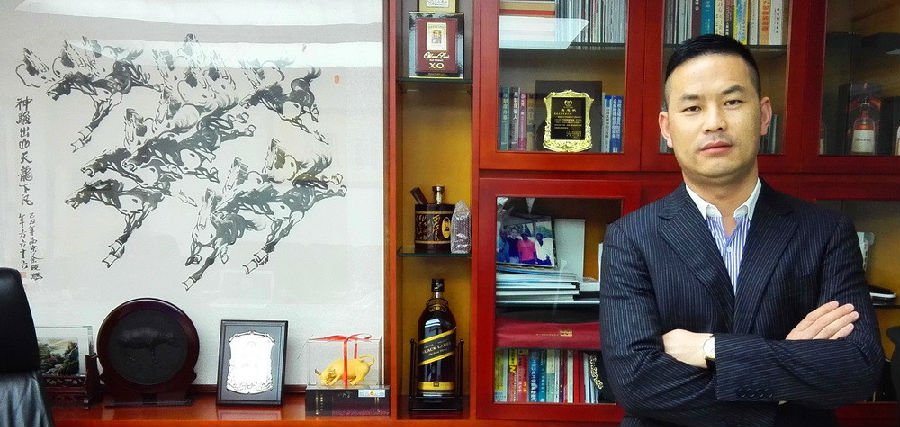


Dear distinguished friends:
Establishment in 1999, Guangdong Wish Industry Co., Ltd. has been achieving great progress ever since. And this great success shall owe it to the hard work of all employees of Wish, the trust from partners and the support from all parties of the society.
Over the years, we've stuck to the corporate management idea of "creating a marvelous enterprise and a great future based on honesty", conquered many difficulties and built up a competitive diversified service system; and we've also introduced in new connotations and fulfilled the rapid development in industries such as trade, warehousing, tourism and hotel, real estate development and road and bridge construction, which has also ushered in a new age for Wish Industry.
Time flies, and leaves us memories! We've grown a lot from past experiences. For the future, we shall look aback and understand what we've achieved, and set a great goal for the future. Along with the economic globalization, chances and challenges, exploration and achievements will never end. We shall, under the leadership of Wish Industry, accept the challenges with an optimistic attitude, an extraordinary passion and a more professional, perfect operation mode. Be honest, brave and innovative, and seek for better industrial development at our best.
I would like to offer my sincere gratefulness to all distinguished friends of Wish Industry for all their contribution over the years; meanwhile, we look forward to cooperating with more friends and building a better future together!
Chairman
Jacky Peng, Li-Jun